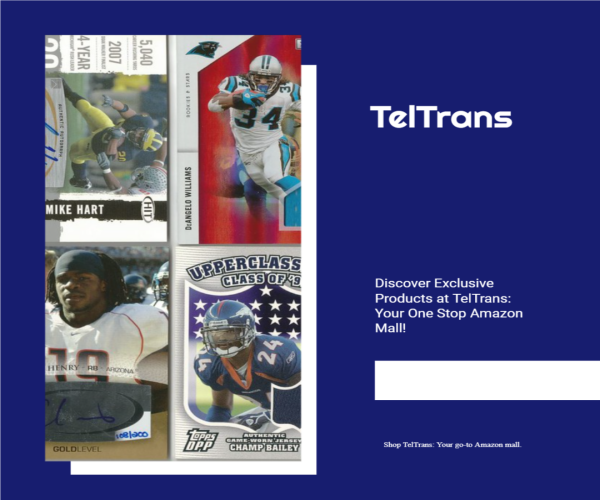Credit card rewards help our family save money on groceries, gas and other necessities. We also use rewards for airline tickets, hotel rooms and airport lounge access.
We’re in good company. Most Americans have at least one rewards card, and nearly half of rewards cardholders are using their perks to help offset rising inflation, according to a 2022 Wells Fargo survey.
But a recent review of our cards revealed that some are no longer worth their annual fees or have been eclipsed by better offerings.
Credit card fees, reward rates and benefits change all the time. So do the ways we spend our money, which means a card that used to be a good fit may no longer work as well. Given all that, it’s not surprising that fewer than one-third of credit card users feel that they’re making the most of their rewards cards, according to J.D. Power’s 2022 U.S. Credit Card Satisfaction Study.
An annual review of our credit cards helps ensure we’re getting properly rewarded.
CREATE A REWARDS TRACKER
First, a few caveats. Rewards credit cards make sense for our family because we pay balances in full every month. If we didn’t, the cost of interest would more than offset the value of any rewards. Also, you don’t need to be as obsessed with rewards as we are to benefit. A simple cash-back rewards card can save you money without a lot of hassle.
Once we had a few cards, though, I found it helpful to start using a spreadsheet to keep track of each card’s annual fee, renewal date, “earn rate” (such as 6% cash back on groceries, or 3 points per dollar spent on flights) and other relevant benefits. Every year or so, I update this spreadsheet with the value of rewards we’ve earned and redeemed as well as current information about annual fees and benefits.
If I’ve used points to book a flight or cashed in a free hotel night certificate, for example, I’ll include the value of the travel. With cash back cards, I type in the dollar value redeemed during the year. Some cards provide a helpful year-end summary; otherwise, I can check rewards activity month by month by logging into the account online.
INVESTIGATE CARD BENEFITS
Investigating all of a card’s perks may require logging into your account with a web browser rather than a mobile app, since account information is often more detailed using a browser. There’s typically a tab or link that leads you to a rewards dashboard that summarizes your earn rate and highlights any additional benefits, such as complimentary food delivery subscriptions or credits that cover airline fees or offset the cost of streaming service s. I add the dollar totals for benefits I’ve used to the spreadsheet and make a note on my calendar to use up any remaining credits before the perk resets. (Many credits must be used within a calendar year, but some reset on the card’s anniversary date.)
I also note other benefits that don’t necessarily have a price tag but still have significant value, such as travel insurance, elite status perks at a hotel chain or airline, or extended warranties on purchases. If I’m considering closing an account that has, for example, primary rental car insurance — the kind where you don’t have to alert your auto insurer if you’re in an accident — I’ll be sure to replace it with a card that has similar benefits.
DECIDE EACH CARD’S FATE By this point I can see which cards are more than offsetting their annual fees and which aren’t. For example, one of our premium cards jacked up its annual fee, again, and I discovered we weren’t using enough of its benefits to justify the cost.
Closing accounts can hurt your credit scores, unfortunately. That shouldn’t keep you from ditching a card that’s not serving you, but consider asking for a “product change ” to one of the issuer’s other cards that might be a better fit. This usually avoids a hit to your credit scores. Some product changes allow you to keep your rewards, but many don’t, so have a plan for using up any points or miles before you switch.
Then again, product changes generally don’t allow you to get one of the biggest rewards card perks: sign-up bonuses. To get these bonuses, you generally need to apply for a new account. In return, you can get a big wad of points if you spend a certain amount within a certain period, say 80,000 points if you spend $4,000 within three months of the account’s opening. Often this is the best way to add the most rewards in the shortest period, but applications can temporarily ding credit scores, so I generally limit applications to once or twice a year. I use credit card comparison tools and read reviews of new card offerings to see what’s available.
Once I decide whether to close a card or ask for a product change, I put a note on my calendar to contact the issuer two weeks before the annual fee renews.
The last thing I do before closing my laptop is make a date with myself a year from now to do this review all over again. Change is constant in the credit card world, and I want to make sure we continue to get the most out of our plastic.
______________________________
This column was provided to The Associated Press by the personal finance website NerdWallet. Liz Weston is a columnist at NerdWallet, a certified financial planner and author of “Your Credit Score.” Email: lweston@nerdwallet.com. Twitter: @lizweston.
RELATED LINK:
NerdWallet: How to choose a rewards credit card https://bit.ly/nerdwallet-choose-rewards-credit-card
The Wells Fargo national online survey of 2,008 adults was conducted by Ipsos on June 27-28, 2022. J.D. Power U.S. Credit Card Satisfaction Study includes responses from 27,819 credit card customers and was fielded from August 2021 through June 2022.
Liz Weston: Audit your credit cards for greater savings
RELATED ARTICLES




